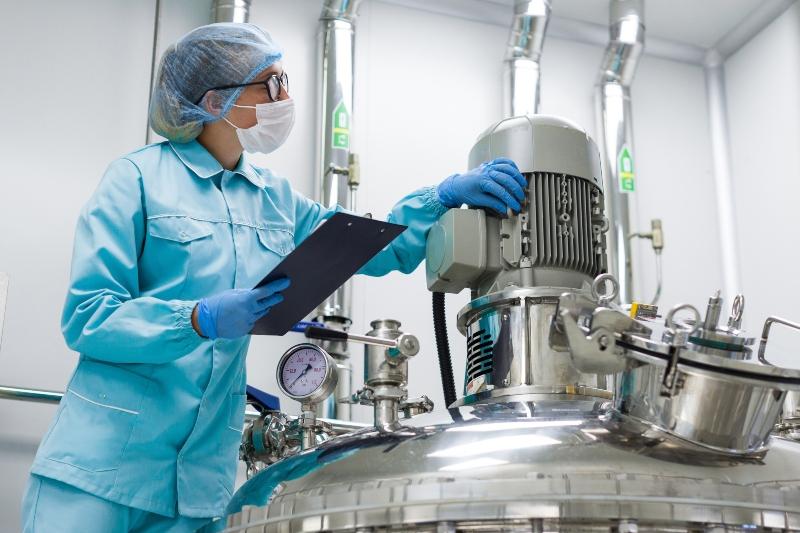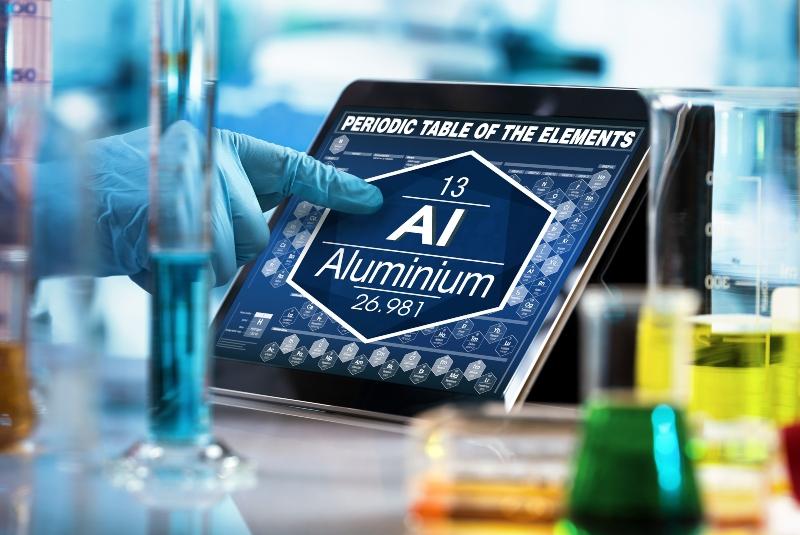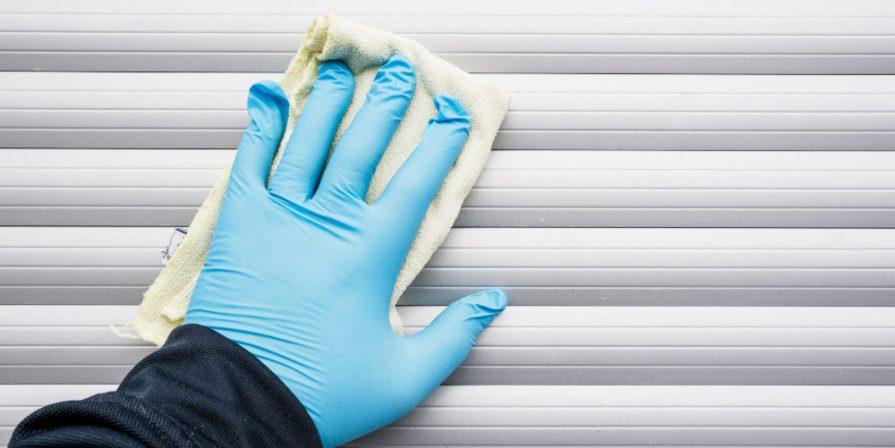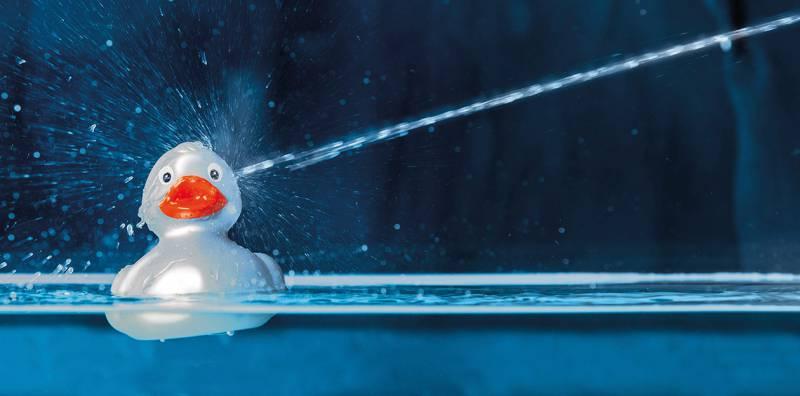« Removing Stains and Discolorations From Lightweight Metal »
Aluminum is a non-precious metal, meaning it reacts readily with oxidizing agents. When exposed to air, aluminum quickly forms a dense layer of aluminum oxide on its surface. This layer prevents further atmospheric contact, protecting the underlying material from corrosion. When cleaning aluminum parts, it is essential not to damage this protective layer. Alternatively, the layer can be uniformly removed to allow for an even reformation.
The Surface of Aluminum Alloys
Aluminum alloys are used with various surface finishes, including:
- Coated
- Anodized
- Brushed
- Ground
- Polished
When cleaning aluminum, these surfaces must remain intact. For cleaning aluminum coated with paint or plastics, the characteristics of these coatings are critical. This discussion will focus on cleaning other types of aluminum finishes. A range of specialized aluminum cleaners is available on the market. For example, Kluthe offers the water-based cleaner HAKUPUR for this purpose.
Cleaning Anodized Aluminum
Anodized aluminum is created through the anodic oxidation of its surface, forming an aluminum oxide layer via an electrochemical process. Aluminum sheets, strips, or profiles are immersed in an acid bath, serving as the positive electrode. Electrolysis of water releases oxygen at the aluminum surface, which reacts with the material to form the oxide layer.
Sulfuric acid is commonly used to increase water’s conductivity in this process. The resulting oxide layers are only a few micrometers thick. If damaged, corrosion can occur in the affected areas. Therefore, abrasive, or scratching agents should not be used for cleaning. Suitable cleaners are chemically neutral, with a pH between 5 and 8. The cleaning solution should be applied with cloths, brushes, or sponges, followed by rinsing with clean water and thorough drying.
Cleaning Brushed Aluminum
Brushed aluminum has a velvety matte texture. Its natural oxide layer, formed through air exposure, is only a few nanometers thick. Gentle cleaning methods that preserve the integrity of this layer are essential. Soft cleaning tools, cloths, and neutral cleaning solutions fulfill these requirements. In residential settings, standard dishwashing detergent can be used. Applying protective wax after drying can help prolong cleanliness and seal the oxide layer.
Cleaning Ground and Polished Aluminum
For ground and polished aluminum, the visual appearance of the surface is particularly important. Gentle cleaning agents are needed as these items are typically found indoors and tend to accumulate only light debris .

A damp cloth is often sufficient to remove minor contaminants . For more stubborn stains, a neutral dish soap solution can be used effectively . Following up with a clean water rinse and rapid drying helps prevent water spots.
Cleaning Small Items With Intricate Contours
Thorough cleaning of items with complex contours can be challenging. Ultrasonic cleaning methods are ideal for such parts. Ultrasonic waves with frequencies of 20 to 200 kHz travel through water, reaching every contour and mechanically dislodging dirt particles. The process’s effectiveness can be enhanced with the addition of surfactants, which reduce water’s surface tension. This reduction in surface tension allows the cleaning solution to penetrate deeper into small crevices and hard-to-reach areas, ensuring more thorough cleaning of intricate surfaces that might otherwise remain untouched due to water’s natural tendency to bead up.
Intermediate Cleaning During Aluminum Processing
During the manufacturing of aluminum parts, machining and forming processes often involve coolants and lubricants. Release agents are used in injection molding to facilitate the removal of parts from molds. Before further processing, all residues must be completely removed, especially prior to coating or anodizing.
Key steps in this cleaning process include:
- Sanding,
- Degreasing, and
- Etching.
Multiple rinsing and drying cycles are required between steps to avoid contaminating subsequent baths with chemicals. Alkaline agents are often used for degreasing, can be neutralized by a pickling process using diluted acid, allowing for easy removal with water. This method produces a clean metal surface, which is essential for successful anodizing or coating.

Specialized companies like Kluthe offer chemicals tailored to your process, along with detailed guidance for each cleaning step. The effectiveness of these products depends on precise dosing, dwell time, and optimal temperature. Proper handling of aluminum parts also helps avoid stains and discolorations. Fingerprints left on surfaces can become visible after finishing and may initiate corrosion. Using textile gloves can prevent such issues.
Cleaning Aluminum Alloy Facades
Cleaning aluminum facades, doors, windowsills, or frames often involves tackling tough stains, depending on the location and environmental conditions. Abrasive cleaning agents in the form of polishing pastes are commonly used for this purpose. These cleaners contain fine abrasive particles that remove dirt without damaging the oxide layer.

The action is comparable to an eraser that removes pencil graphite without harming the paper. Polishing pastes should be rinsed off with water after cleaning. For lighter contamination, specialized water-based cleaning solutions are available. Some of these products also contain preservatives and conditioners that help delay re-soiling of the surfaces.
 Kluthe Magazine
Kluthe Magazine

